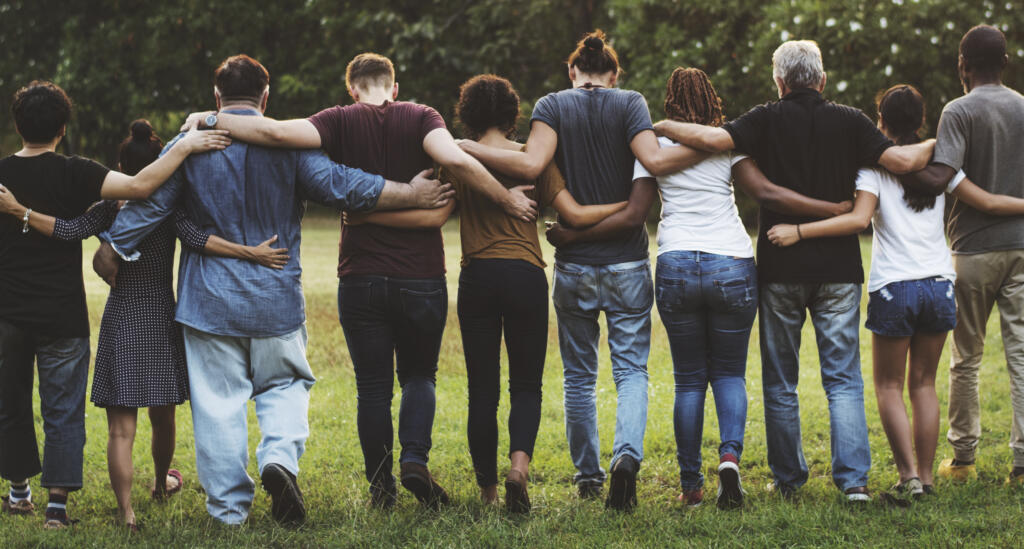Estimates suggest that 42 million EU citizens can no longer afford sufficient energy for their health and well-being — an increase of 1.6% in just one year.
In 2022, as Russia’s invasion of Ukraine triggered a global energy crisis, skyrocketing prices drove more EU citizens into situations of energy poverty. Not surprisingly, low-income households — who typically live in dwellings that are poorly insulated and require high energy consumption — suffered the greatest impacts.

In parallel, CEES Partners began rolling out pilot projects to investigate how energy communities (ECs) can take a lead role in promoting energy solidarity, by implementing a range of soft and hard measures. Whether organising Energy Cafés, delivering Cosy Kits or making home visits to offer energy advice, CEES Partners carefully tracked their efforts, the resources required and challenges encountered. A key learning was that while many actions have low material costs, a large number require substantial human resources. Consistently, CEES Partners found that identifying and engaging with people who need help required a different skill set that most ECs have in-house.
With the launch of the Energy Solidarity Toolkit (EST), CEES offers a wealth of information about each of the following topics. Below, a few ‘teasers’ about areas of action and key findings.
The role of ECs in a just, clean energy transition
In the context of a just, clean energy transition, the potential for energy communities (ECs) to become main actors in tackling energy poverty is increasingly recognised in theory and in recent changes to relevant EU legislations.
CEES sought to investigate what that means in practice. An early survey confirmed that most ECs are keen to improve the lives of people in their local areas. But relatively few currently do – and many indicated not knowing how to get started. The Energy Solidarity Toolkit aims to fill that gap

Aligning community needs and EC capacity
A decision to practise energy solidarity will change many things about a given EC – from who it provides services to and what services it will offer to the entities it collaborates with. As CEES Partners found, it requires different resources in terms of materials and equipment, skills, and financing. Often, it will require more of such resources. In turn, local policy frameworks may help or hinder efforts. To secure financing and influence policy, ECs should be prepared to evaluate how their efforts benefit households in situations of energy vulnerability.
To help ECs determine their capacity to get started, CEES has mapped out the resources needed to carry out various energy solidarity measures across three areas:
- how to identify and engage with households and collaborators,
- actions to alleviate energy poverty and
- financing options.
Organising Energy Cafés, delivering Cosy Kits and making home visits to offer energy advice are some of the ways CEES Partners put energy solidarity into practice.
IDENTIFY and ENGAGE
Struggling to pay energy bills is a deeply personal matter, which many households try to self-manage by reducing consumption, cutting expenses, foregoing other necessities or developing various coping mechanisms.

In turn, lifting people out of energy poverty often requires intervention by many actors with diverse expertise.
CEES Partners quickly discovered that to identify and engage with vulnerable households, they often needed to seek out potential collaborators. While material costs are low for this work, ECs should be aware that the time commitment can be quite heavy. Hopefully, advice offered in the Energy Solidarity Toolkit will make it easier to replicate effective approaches.

ACT
Poor-quality homes are one of the biggest drivers of energy poverty. But personal habits and eventual energy costs also play important roles. For this reason, CEES Partners found it useful to take action across two approaches.

Overall, CEES Partners found that target groups are reluctant to accept help and extremely reticent to have home visits. Hosting events, such as Energy Cafés, can be a good way to begin establishing relationships and building trust. ECs should be aware that some energy solidarity measures carry heavy burdens for both costs and time and are difficult to replicate.

FINANCING
Advancing the just, clean energy transition by involving communities in democratic and cooperative decisions and actions underpins the mission of ECs. Adopting energy solidarity mechanisms to help the most vulnerable households is a logical extension of their core activities.

As CEES Partners learned, however, the additional costs linked to building in-house capacity and implementing projects can be difficult to cover under original business models. Innovative financing mechanisms are critical to offering new services while remaining financially viable.
As ECs seek to claim their unique space in energy markets designed for much bigger players that prioritise profits, they will need to demonstrate the value of social impacts.

POLICY
The EU Clean Energy for All Package, which entered into force in 2019, gave all EU citizens the right to set up an EC or to become part of one. In 2023-24, the obligation for Member States to tackle energy poverty has been enshrined in multiple EU policies.
In testing various energy solidarity mechanisms, CEES Partners faced the reality that local contexts can help or hinder. This includes how national governments transpose EU directives, set targets and empower the local administrations that ECs interact with most directly.
Watch this space for more Toolkit blogs!
* When using ‘EC’, CEES includes diverse types of community energy organisations
Click through to read more blogs related to ‘Getting Started’: